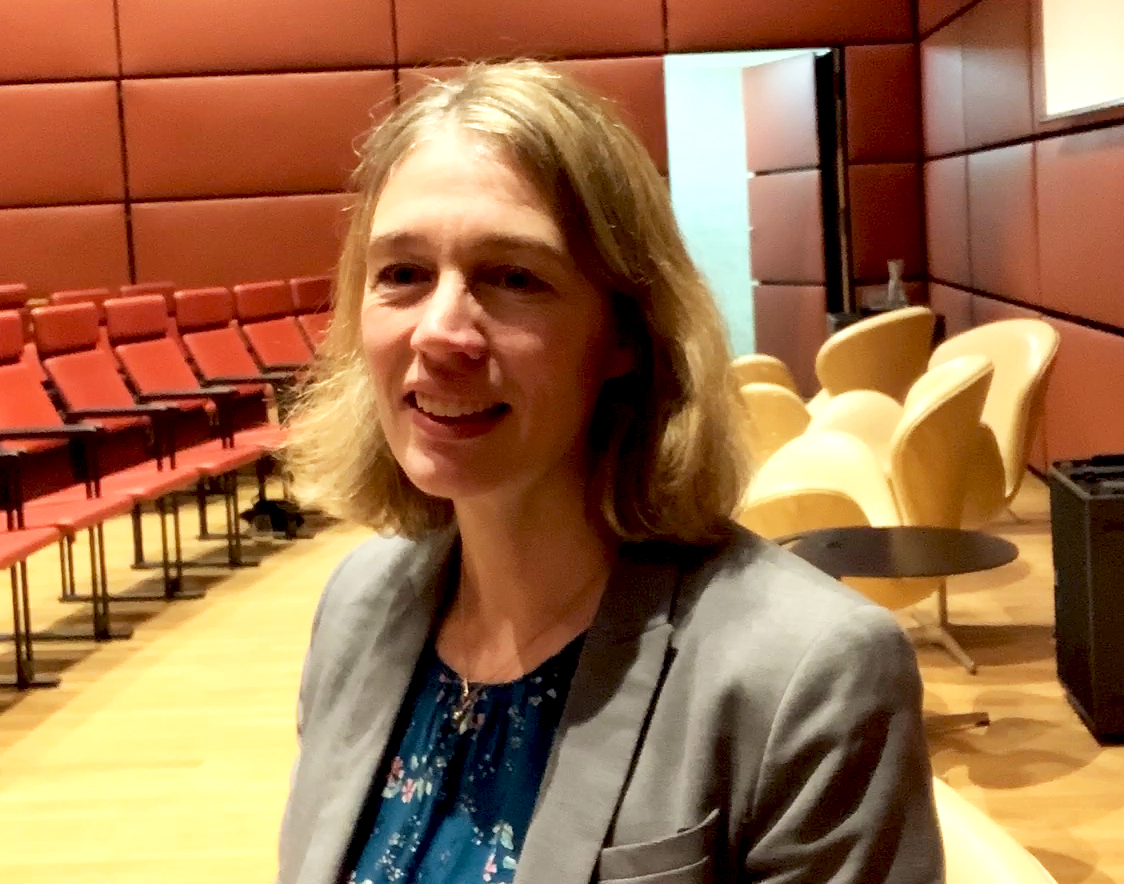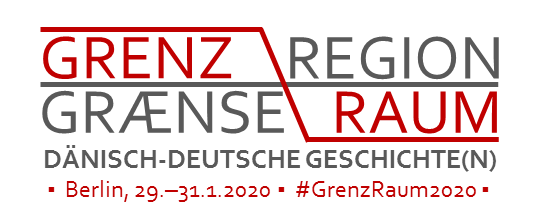Interview: The relationship between Denmark and Germany: politics and culture since 1800
In this short video, Anna Sandberg, Associate Professor in the Department of English, Germanic and Romance Studies at Copenhagen University, gives an historical overview of the political and cultural relationship between Denmark and Germany over the last 200 years. Their relationship is an important one not least because it is the southern-most border of the Nordics - one of the 'gateways to Scandinavia'. Focus is specifically given to the events in 1864, when Prussia and Austria won a war against Denmark leading to the smaller state losing a great deal of its territory in Southern Jutland/Northern Schleswig. Another focus is 1920, when there was a plebiscite in this same borderland region to find out whether the people who lived there wanted to be Danish or German. This process of self-determination occurred without conflict, unlike other disputed regions after the first world war.

The border between Germany and Denmark is an important one and has been called ‘the gateway to Scandinavia’ and the ‘gateway to the north’ among other things. But what was it like for the small state of Denmark and the Danish people to exist side by side the powerhouse that was Prussia, including fighting over the territory of its borderlands, and then Germany, the aggressor in two world wars? How significant was it when Denmark was ‘reunited’ with Northern Schleswig in 1920, and how has the relationship between Germany and Denmark played out since then? While some of these events may seem like a long time ago, we need to understand the past to understand the present, as Dr Sandberg puts it.
The interview was recorded in January 2020 after a public panel debate to mark the 100th anniversary of these events in 1920 arranged by the Northern Europe Institute at Humboldt University in Berlin and took place at the Nordic Embassies in Berlin.
Further reading:
- Anna Sandberg, En grænsegænger mellem oplysning og romantik. Jens Baggesens tyske forfatterskab [On the border of enlightenment and romanticism. The German works of Jens Bagger.]. (Copenhagen: Museum Tusculanums Forlag, 2015).
- Anna Sandberg and Detlef Siegfried, eds., Tysk kulturhistorie [German Cultural History], (Copenhagen: Gyldendal, 2012).
- Hans Schultz Hansen, Genforeningen [The Reunification], (Aarhus: Aarhus Universitetsforlag, 2019).
- Heinrich Detering, Anne-Bitt Gerecke und Johan de Mylius, eds., Dänisch-deutsche Doppelgänger. Transnationale und bikulturelle Literatur zwischen Barock und Moderne, (Göttingen: Wallstein Verlag 2001).
- Steen Bo Frandsen. 'The Danish Composite State and the Lost Memory of a Multilingual Culture', in Anna Havinga, Nils Langer (ed): Invisible Languages in the Nineteenth Century, (Oxford: Peter Lang, 2015). (Open Access)
Links:
- This film took place on 29 January 2020 at a public event organised by the Institute for North European Studies at Humboldt University in Berlin entitled 'Grenz/Raum - Grænse/Region'. Our thanks goes to the organisers.
